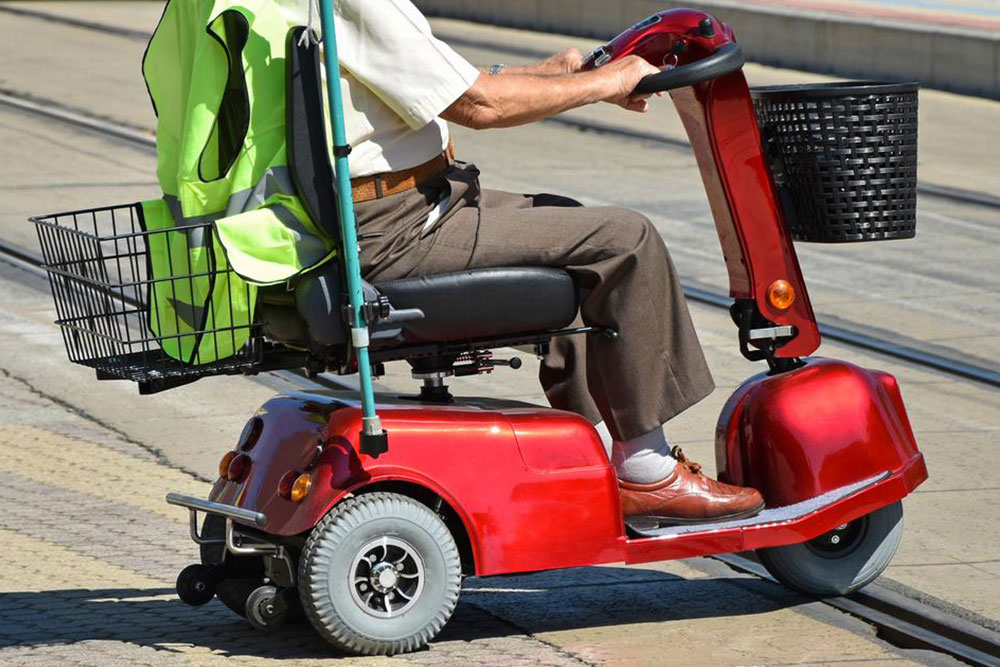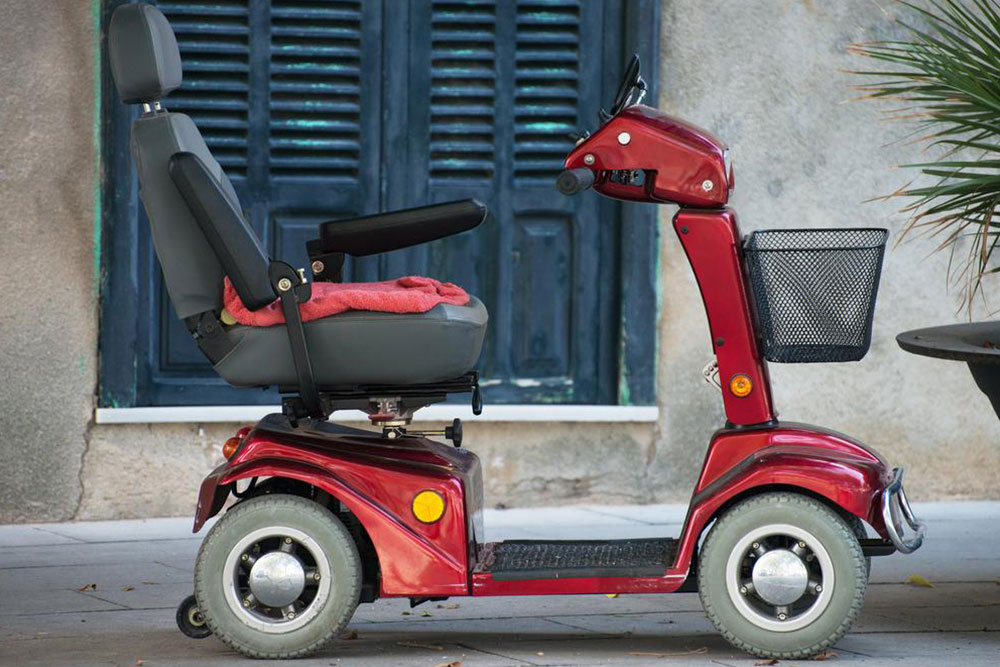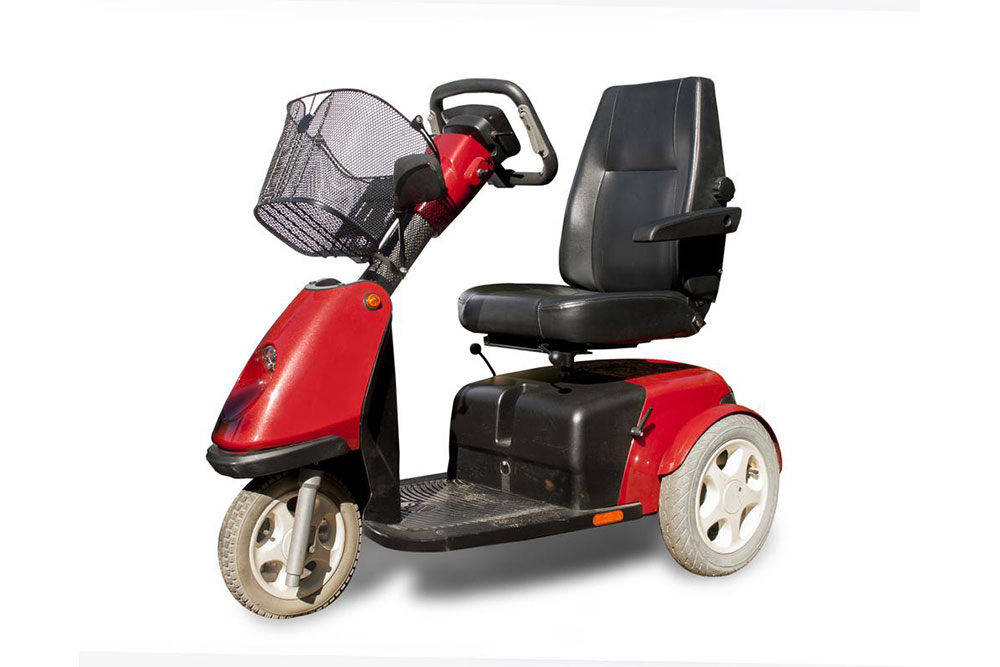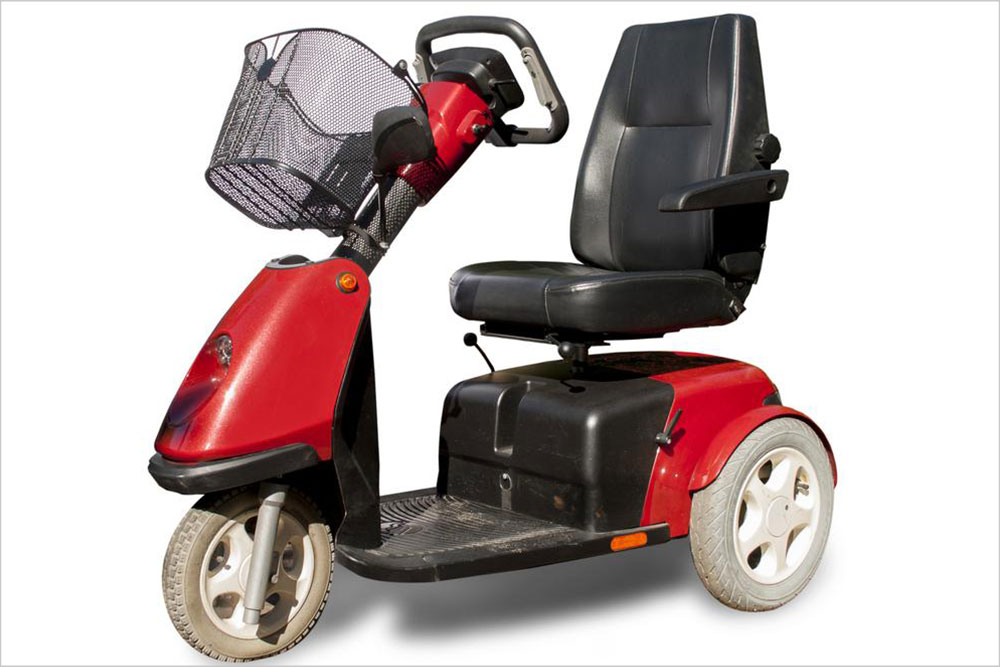Advantages and Disadvantages of Electric Wheelchairs
Explore the key advantages and disadvantages of electric wheelchairs, including ease of use, portability, terrain handling, and maintenance needs. Designed for individuals seeking greater independence, these wheelchairs offer significant benefits but require attention to battery life and upkeep to ensure optimal performance.

Advantages and Disadvantages of Electric Wheelchairs
Electric wheelchairs are vital mobility devices for many individuals with disabilities and seniors seeking independence. They offer a significant improvement over manual models by reducing physical effort and enhancing travel ease. Traditional manual wheelchairs require user strength and often assistance, whereas electric versions are powered by a motor and battery, allowing simple operation with a joystick. Their stability and foldable design make them suitable for diverse terrains and convenient transportation. However, they depend on batteries that need charging and regular upkeep, which are important considerations for users.
Electric wheelchairs feature user-friendly joystick controls, making navigation straightforward. Their lightweight construction and portable design allow for easy storage and travel. They excel in long-distance outdoor travel and handle rugged terrain effectively, thanks to their sturdy build. On the downside, reliance on batteries means charging is essential, and battery replacements might be needed periodically. Proper maintenance is also necessary to ensure safety and functionality.
Note: Our blog provides useful insights across various topics. While our research aims to deliver accurate information, readers are advised to verify details independently. The website is not responsible for any discrepancies or missing information about specific schemes or offers.










